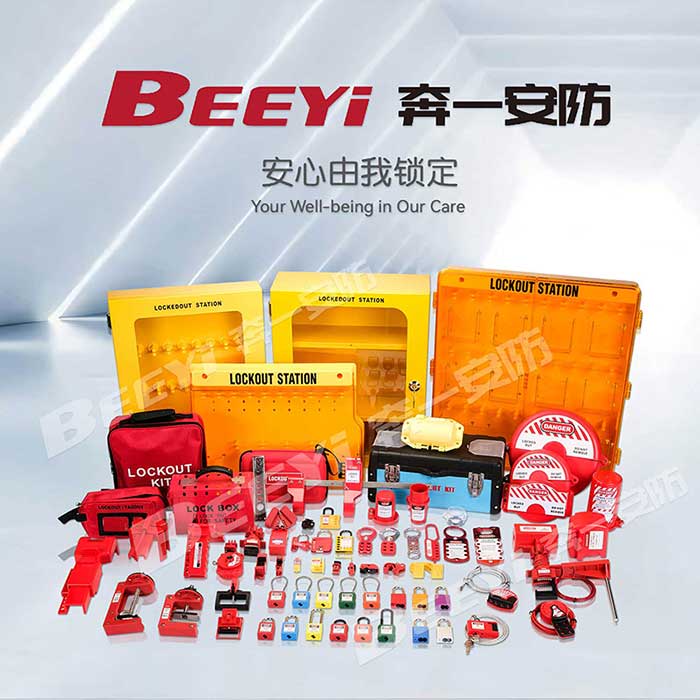valve lockout device: ensuring safety in industrial environments
Release time:2025-10-29 05:59:20
In industrial environments where complex machinery and hazardous processes are commonplace, ensuring the safety of maintenance personnel is paramount. One crucial safety mechanism designed to mitigate the risks associated with machinery operation during maintenance or repair work is the Valve Lockout Device. These devices play a vital role in preventing the accidental release of dangerous substances, machinery malfunctions, and injuries by locking valves in a safe position, often in compliance with rigorous safety regulations.

What is a Valve Lockout Device?
A Valve Lockout Device is a safety device used to lock valves in either an open or closed position to prevent unauthorized or accidental operation. It is part of a broader system of lockout/tagout (LOTO) procedures, designed to protect workers from hazardous energy sources during the servicing and maintenance of machinery. The lockout device ensures that the valve cannot be tampered with until maintenance or repair work is completed, thereby significantly reducing the likelihood of accidents.
Importance of Valve Lockout Devices
The primary function of a valve lockout device is to provide a physical barrier that prevents valve operation. It ensures that employees working in high-risk environments, such as factories, oil refineries, chemical plants, or power stations, are not exposed to unsafe conditions. This simple but effective device is often one of the first lines of defense in preventing machinery from being activated unexpectedly during maintenance.

